
Perhaps Suriname It may not be the first destination in America that comes to mind when thinking about vacations, but on a list of exotic and little frequented destinations it could be the perfect fit.
There are people who prefer to travel to places like this, they do not want to run into mass tourism and they love to discover landscapes, people and untypical cultures, very different from their own and those advertised by the international tourism industry. If the idea attracts you, here you go information on how to make an excursion to Suriname.
Suriname
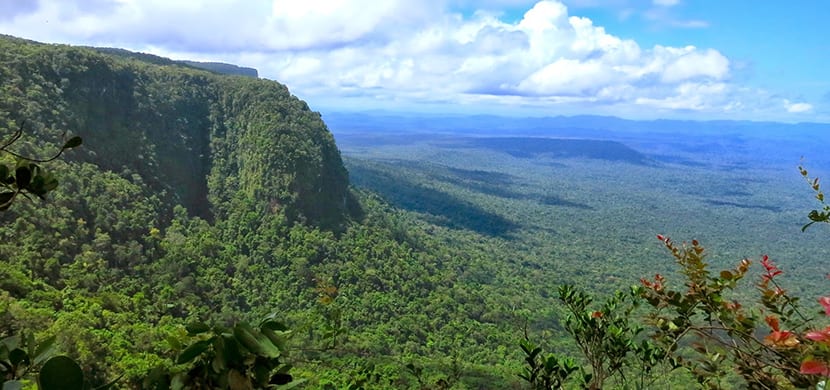
First things first: what kind of country is it? Where is it? What language is spoken? What infrastructure does it have? Well suriname is a republic on the northeast coast of the Atlantic Ocean, in the upper part of South America. It is the smallest country in this part of the continent and it borders Brazil and Guyana and French Guyana. It has just over half a million inhabitants and a city capital called Paramaribo.
The Dutch were the first Europeans to arrive in the XNUMXth century and they stayed there until in the 50s the country became part of the Kingdom of the Netherlands with another status, although independence only reached 41 years ago. With these ties beyond the seas the official language is Dutch, in education, business, government and the media but having native peoples and African immigrants there is a language called sranan which is very popular.
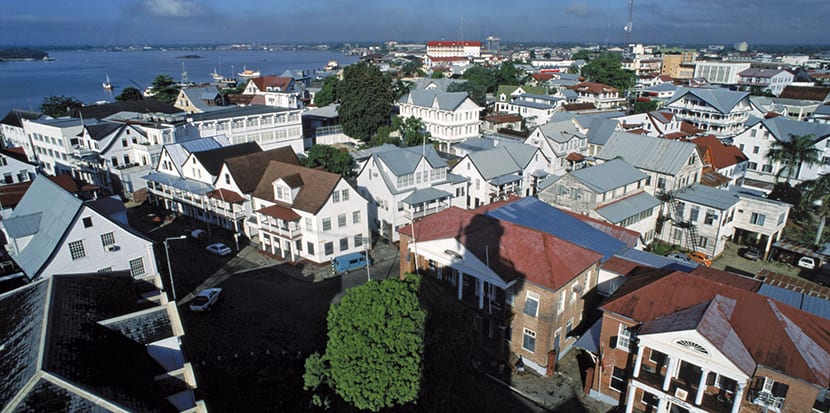
Suriname it is divided into two large regions, the north with its coast and its agricultural territories, which is where the greatest number of people live, and the south that has tropical forests and a deserted savanna that borders Brazil and that represents 80% of the national territory. Being so close to the equator it has a very hot and humid temperature throughout the year with a humidity of between 80 and 80% and between 29 and 34 ºC.
There are two wet seasons, one from April to August and the other from November to February. There are also two dry ones, from August to November and from February to April. To take into account when traveling. Another thing you should know is that here you drive on the left, as in England. The custom has not changed so you have to be very careful. The national currency is the Suriname dollar or SRD but US dollars and euros are accepted.
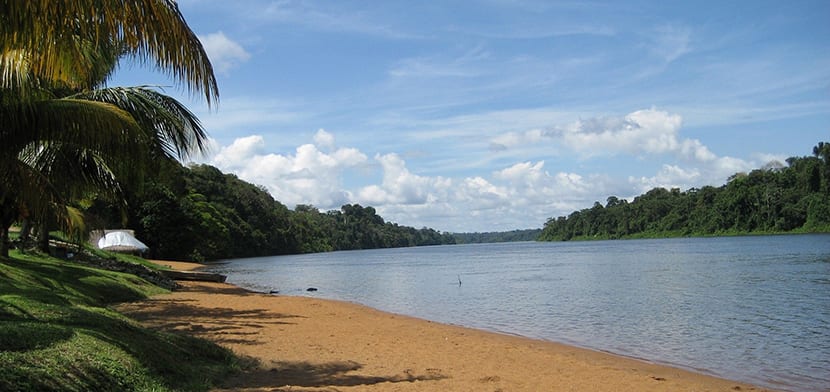
Electric current is 110/127 volts, 60 Hertz but in large hotels or some apartments it is 220 volts. The plugs, most are European style with two prongs. Do you need a visa? There is something called Tourist Card that allows entry and stayed for 90 days. It is purchased at the Embassy or Consulate before traveling and if you leave Amsterdam at the same airport or upon arrival in the country there is also the option, although you pay 30 euros. It does not adhere to the passport but it must be valid for at least six months.
Vaccines? The government recommends getting the yellow fever and hepatitis B, in addition to carrying preventive medicine for malaria and dengue.
Things to do in Syurinam
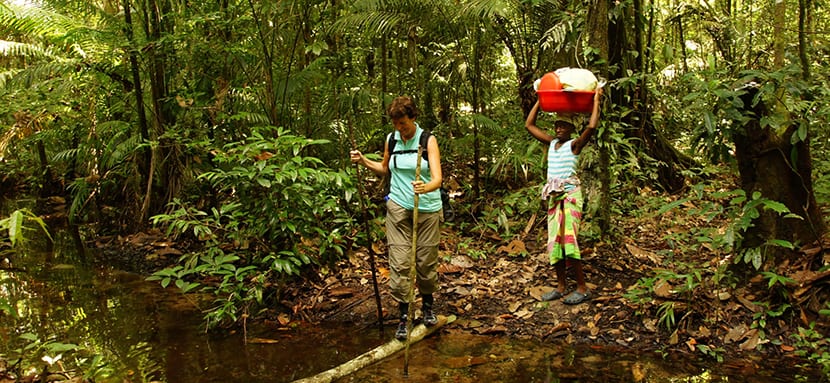
Basically it's about ecotourism, to take advantage of the biodiversity and the almost virgin or virgin nature of this American country. There are mountains, rain forests, lakes, rivers, plantations and a diverse flora and fauna.
Let's see some of the parks and nature reserves. The first is the Brownsberg Nature Park and it is 130 kilometers from Paramaribo. The heart is Brownsberg Peak, a mountain that was excavated and excavated by 60th century Dutch miners for gold. When the veins were exhausted they tried bauxite and finally in the XNUMXs the site became a reserve.
Here live some 350 species of birds and almost 1500 species of plants. There is no shortage of toucans and monkeys and all the time there is a struggle to keep the gold miners out of their limits because the activity threatens nature. Per year it is estimated that there are 20 thousand visitors and beyond the tours of multiple trails there are places where you can eat and sleep in its 8400 hectares.
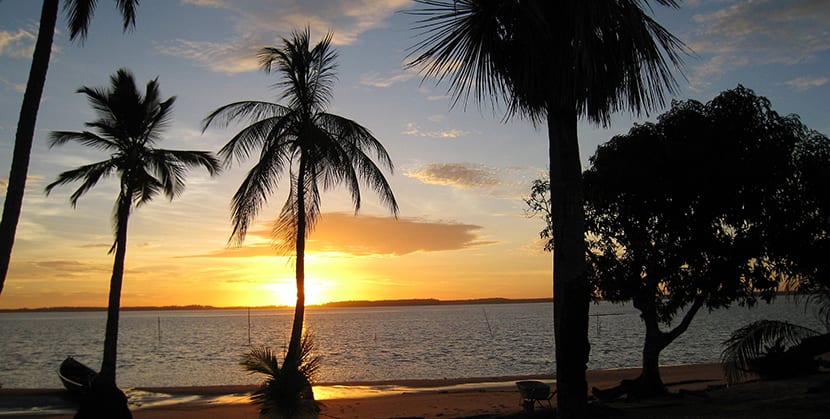
Another destination is the Natural reserve Gabili, at the mouth of the Marowijne River, natural border with French Guyana. It has 4 thousand hectares and It is the place that turtles choose to spawn. They arrive en masse on the beaches of the reserve and it is the only place in the Atlantic where this happens. Up to this point you only get there by boat and in addition to the beaches you can visit some villages of Amerindian Indians where they can do some activities of their daily life.
From Paramaribo there are many possible tours. One of them is the Kasikasima Expedition Tour that leaves from the capital city and reaches Palumeu, a resort in the jungle above the Tapanahony River, near an Amerindian village of the same name. The next day there is a boat ride through the jungle that lasts six days. How about? You go through rapids, the jungle, sleep in camps, and end up climbing Mount Kasikasima in seven hours. The views are exceptional.
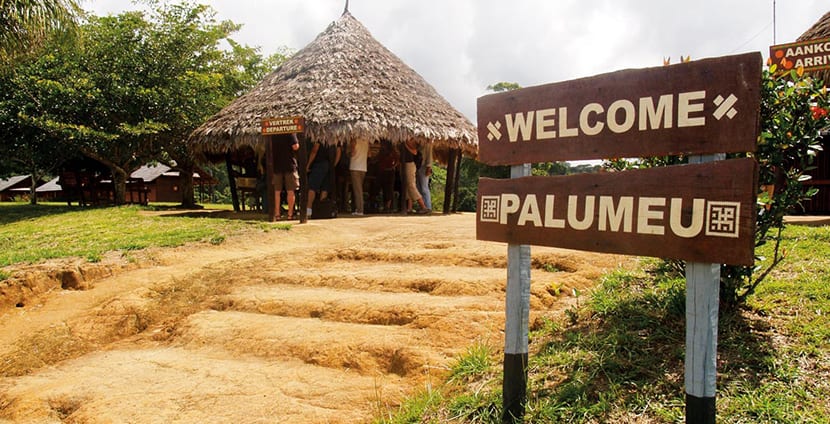
This and other tours can be booked through the Suriname tourism website as there are links that redirect you to the authorized tourism agencies. If you want a luxury accommodation in the middle of the jungle then you can try the Kabalebo Natural Resort, in the middle of the Amazon. It is a three and a half star category resort on the river of the same name, in the west of the country. It is run by descendants of native peoples and African slaves and the days here are spent discovering nature, swimming in the pool, climbing, navigating the river, fishing and much more.
If you like waterfalls there are many because there are many rivers: there are Raleighvallen waterfalls, the Blanche Marie, the Wonotobo. And if you would like to know in addition to nature the history of Suriname then yes or yes you have to visit the old plantations. One of them is laarwijk. It is on the Suriname River and is only accessible by boat, worse there are many others, even near the capital.
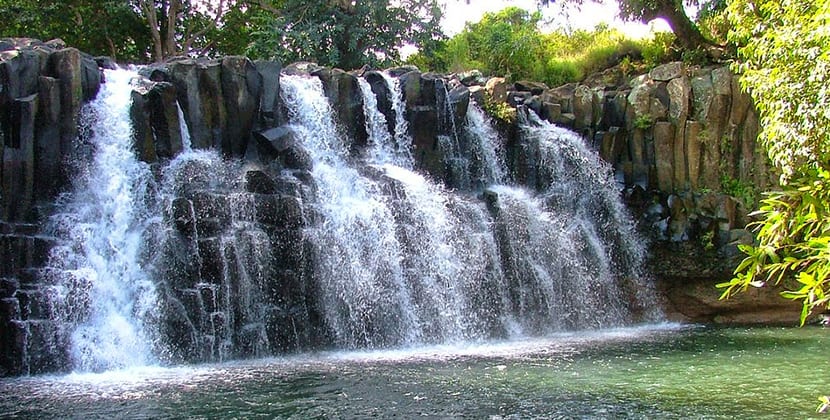
Many are old wooden buildings, restored to their original condition. You can find a good number of colonial plantations in the Commewijne district. so here It is advisable to rent a bike to know most of them. It is worth the walk because you cross a fantastic bridge, the Jules Wijdenbosch Bridge that crosses the Suriname River joining Paramaribo and Meerzorg. It is 52 meters high and 1500 long.
Finally we have a little left the capital city, the entry and exit gate for visitors. A couple of days is enough to visit it and know its XNUMXth century cathedrals, its old synagogue and the old mosque and all its colonial buildings made of wood and brick with its beautifully carved wooden balconies and windows. Its historic center is very beautiful and luckily they have been restored about 20 or 30 years ago.
And it does not lack a fortress, Fort Zeelandia, built under the English crown in 1651 although when the Dutch gained control of the territory they adopted that of Zeelandia.
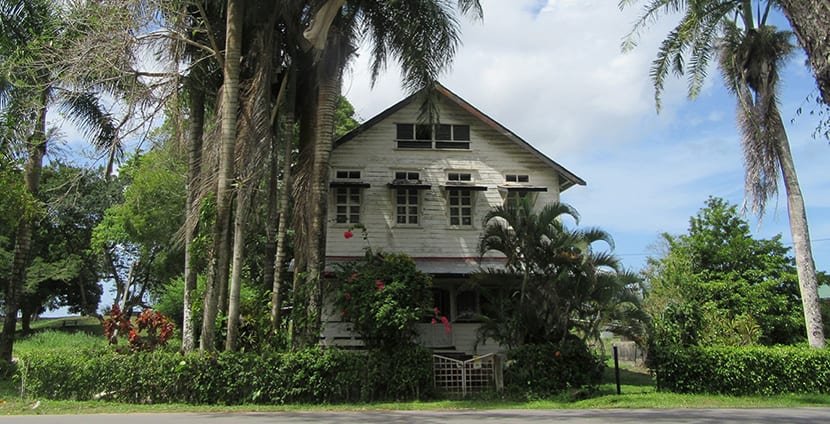
Since 1967 it has been a museum, although in the 80s it functioned inside a prison and in its courtyard a bloody event of the 80s, years of military dictatorship, took place. Today that is behind us and it can be visited because its architecture is fantastic and its views are great. The old town of Paramaribo is so beautiful that since 2002 it has been a World Heritage Site.
And beyond the European heritage here in Suriname too there is a Javanese, African, Indian and Chinese presence so you can try all its cuisines and attend various cultural events. Having read all this and seen these beautiful images, do you feel like starting an excursion to Suriname?